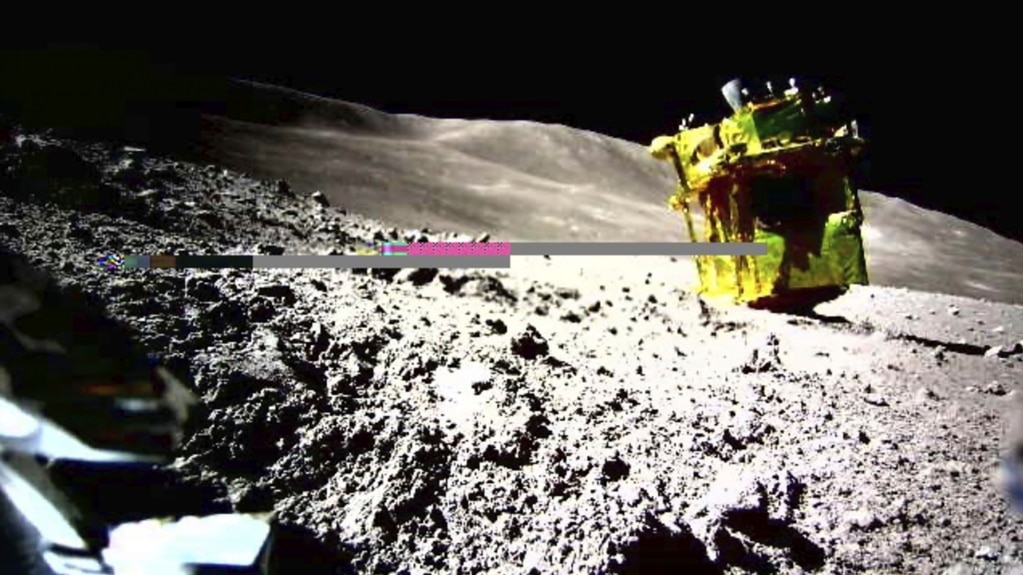Japan Aerospace Exploration Agency, or JAXA, said Thursday that its first lunar mission landed within 100 meters of its target over the weekend.
Japan became the fifth country to reach the moon when the Smart Lander for Investigating Moon, or SLIM, touched down on the moon early on Saturday. But trouble with the spacecraft’s power system made it difficult to know whether it landed in the target area at first.
Earlier moon landers targeted landing areas as large as 10 kilometers. However, with its improved accuracy, Japan’s SLIM aimed at a target area of just 100 meters.
Shinichiro Sakai is JAXA’s project leader for the lander. He said, "We proved that we can land wherever we want.” Sakai hoped that it would bring more missions “to try to land on unexplored places on the moon."
One of the lander's two main engines stopped working during the landing, causing SLIM to move 55 meters away from the target area to another position, Sakai said. Without engine trouble, he said SLIM could have landed as close as three to four meters from the target. However, the spacecraft could not produce power after landing. JAXA scientists said its solar panels might be facing the wrong direction.
JAXA said it received all data about the touchdown within the two hours and 37 minutes before the lander lost power. Officials said there is still hope the craft will be able to recharge when that side of the moon enters daytime in the coming days.
The power outage meant the lander's camera could only capture low-resolution images, JAXA said.
Moon sniper
The goal of landing within a target area of less than 100 meters led scientists to call SLIM the "moon sniper.”
It used "vision-based" guidance that JAXA says could be a powerful tool for future exploration of the moon’s mountainous areas. These areas might hold resources of fuel, water and oxygen.
Japan follows the United States, the former Soviet Union, China and India as nations reaching the moon's surface. The mission was the result of 20 years of work on precision technology by JAXA.
JAXA has experience with difficult space landings. Its Hayabusa2 spacecraft, launched in 2014, touched down twice on the 900-meter-long asteroid Ryugu. Hayabusa2 collected material that was returned to Earth for scientific research in 2020.
In the past year, three lunar missions have failed. One by Russia's space agency; one by a private Japanese company and another by a private U.S. company. However, more lunar landers will head to the moon this year.
U.S. company Intuitive Machines aims to launch its IM-1 lander in mid-February. China plans to send its Chang'e-6 spacecraft to the far side of the moon in the first half of the year. And the American space agency NASA is planning its lunar polar exploration rover VIPER for November.
I’m Gena Bennett.

